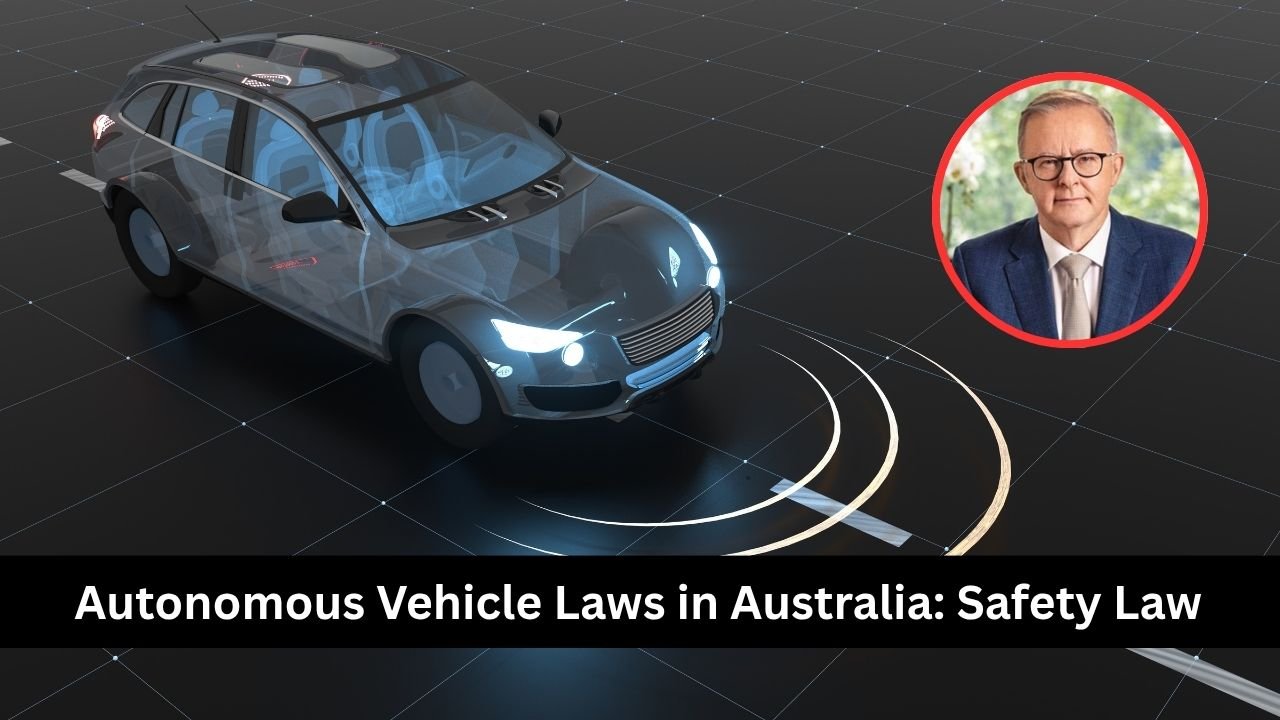The Federal Government is advancing plans to make autonomous vehicles a legal reality on Australian roads, signalling a major shift in the nation’s transport future. While self-driving technology has been trialled in limited settings, the proposed Automated Vehicle Safety Law aims to regulate the safe operation, responsibility, and use of driverless cars on a broader scale.
The legislation is currently open for public consultation until 11 June 2024. It addresses how autonomous cars should operate legally, be maintained, and whether road rules should be adjusted for their use. If enacted, the law could pave the way for services such as driverless robotaxis, similar to projects being trialled in the United States by companies like Google’s Waymo and General Motors’ Cruise.
Shifting Responsibility Away from Drivers
One of the most significant changes proposed is the shift in legal responsibility from human occupants to the organisation best placed to control safety risks – likely the vehicle manufacturer or autonomous system operator. Under this model, if an autonomous driving system (ADS) is in control, the human occupants would not be held liable for crashes they could not prevent.
The responsible organisation would be obliged to:
- Ensure the vehicle consistently complies with road rules
- Prevent unauthorised system hacking
- Provide training and safety education to users
This approach tackles a critical gap in current Australian laws, which were not designed for situations where a human is not in charge of the vehicle. Without legislative reform, drivers could be unfairly exposed to legal liability in cases where the ADS was making driving decisions.
Defining the Automation Levels Covered
The proposed law focuses on Level 3, Level 4, and Level 5 vehicles:
- Level 3: The car can drive itself some of the time, but a driver must be ready to take control when prompted.
- Level 4 and Level 5: Fully autonomous systems that can operate without driver oversight, with Level 5 requiring no human intervention in any setting.
Lower levels of automation, like Level 2 assisted systems (adaptive cruise control, lane-centring), are excluded as they still require full driver attention. This means Tesla’s “Full Self-Driving” in its current North American form, and its “Autopilot” in Australia, remain outside the scope.
Impact on Tesla and Other Assisted-Driving Technologies
Although Tesla markets its Full Self-Driving as an advanced capability, Australian law recognises it as a driver-assist system rather than true autonomy. This legislation would not immediately accelerate Tesla’s deployment of higher autonomy functions locally. Australian drivers will still need to keep their hands on the wheel and remain attentive when using such systems.
Lessons from Local and Global Trials
Australia has already seen autonomous technology in action. A Ford Ranger fitted with autonomous capability recently underwent a successful trial in New South Wales, demonstrating the potential for freight, mining, and urban mobility applications.
Internationally, companies such as Waymo and Cruise have already deployed autonomous robotaxi services in selected US cities. These trials have helped refine operational safety protocols, identify cybersecurity needs, and build public trust. Australia’s proposed law incorporates similar principles to ensure safe operation from development through to daily use.
Repair and Maintenance Responsibilities
The consultation paper emphasises not only operational safety but also lifecycle maintenance. Manufacturers or operating companies would be legally bound to keep autonomous vehicles updated, ensure proper repair processes, and maintain the safety of both hardware and software systems. In a cyber age, this also extends to protecting vehicles against hacking and unauthorised interference.
Remote Operation Provisions
The draft law allows for remote control in specific circumstances, adding flexibility for situations where intervention is needed but a human is not physically in the vehicle. This could be particularly important for logistics fleets, roadside assistance, or emergency scenarios.
A Nationally Consistent Approach
Since 2016, the Federal Government, state governments, and the National Transport Commission have been working toward a uniform legal framework for autonomous driving. With the rapid pace of technology, ensuring consistency across jurisdictions is critical to avoid regulatory confusion and to encourage industry investment.
Public Input and Next Steps
The public consultation closing in June 2024 offers individuals, industry players, and safety advocates a chance to shape the details, including:
- How to clearly define legal responsibility for accidents involving ADS
- What level of training users need before operating such vehicles
- How existing road rules should adapt to mixed traffic environments with both human-driven and fully autonomous vehicles
Once feedback is analysed, the legislation could be finalised and potentially introduced in Parliament, setting the stage for the integration of high-level autonomous vehicles into Australia’s road network.
As with any transformative transport technology, the implementation will be gradual. While urban robotaxis and driverless freight vehicles may appear within the next decade, widespread adoption will depend on robust legislation, public trust, and demonstrated reliability in real-world conditions.
